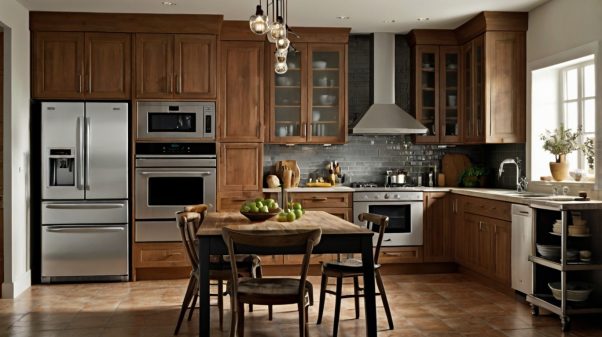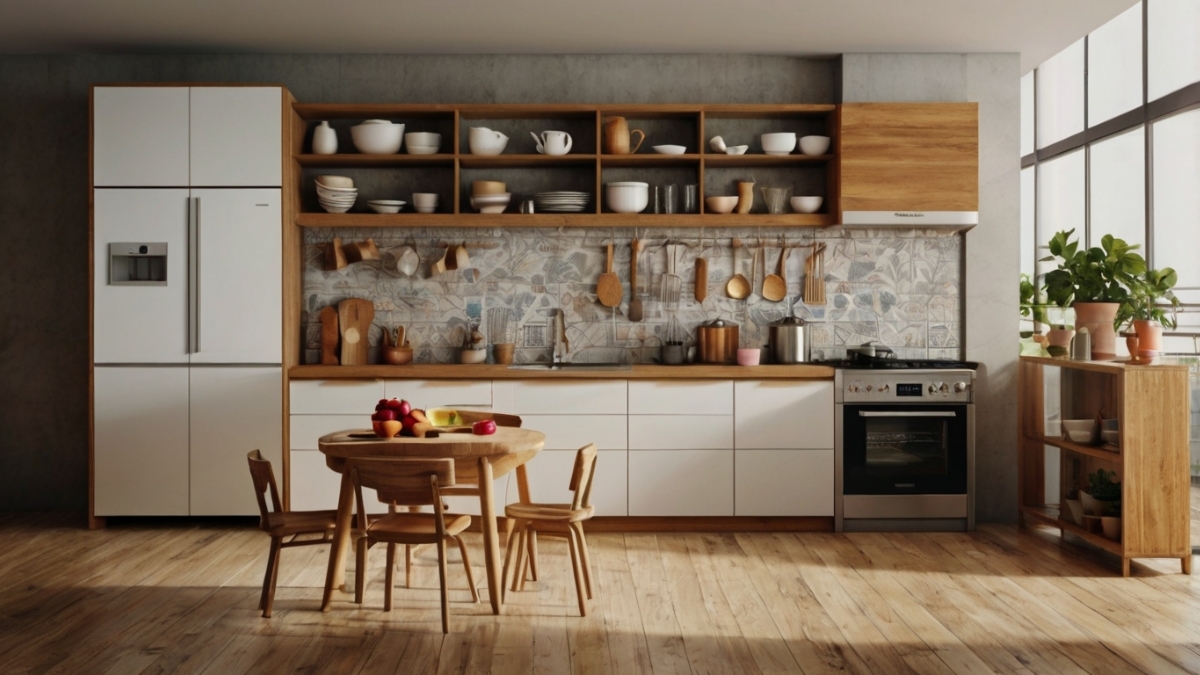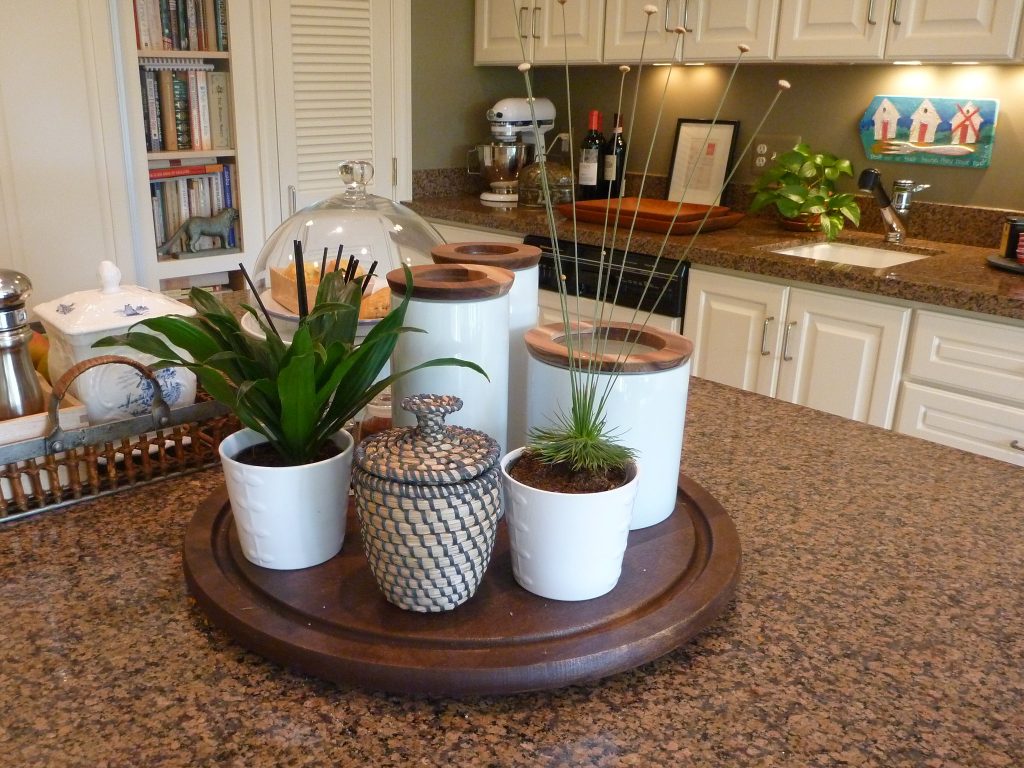In today’s globalized world, bilingual families are increasingly navigating multiple languages in their daily lives. Kitchen appliances, a key aspect of every home, can sometimes present a challenge, especially when families speak Spanish as their first language or are in the process of learning it. Mastering the names and functions of common kitchen appliances in both English and Spanish is crucial not only for communication but also for making informed decisions when shopping or troubleshooting kitchen equipment.
Spanish-speaking households often encounter barriers when shopping for kitchen appliances. Whether it’s in the store or online, accessing reliable product information in Spanish can be difficult. This guide will help break down these barriers by providing essential kitchen appliance vocabulary, pronunciation tips, and practical examples to ensure that bilingual families can confidently navigate the world of kitchen tools.
Key Takeaways
Table of Contents
What Are Kitchen Appliances?
Kitchen appliances are the essential devices that make food preparation, cooking, and preservation easier and more efficient. They range from simple tools like blenders and toasters to larger equipment such as refrigerators and stoves. Kitchen appliances are the backbone of a functional and organized kitchen, helping families save time and effort when preparing meals.
In bilingual families, knowing the names of these appliances in both Spanish and English is crucial, as it allows family members to communicate more easily while cooking or making decisions about which appliance to buy. Moreover, when it comes to buying appliances, understanding their names in Spanish can help you find accurate product information, troubleshoot issues, and understand instructions, which are often available in multiple languages but may be harder to navigate for non-Spanish speakers.
A bilingual family living in the U.S. found it helpful to know how to refer to common appliances in both languages when they had to repair their dishwasher. When they called customer support, they could confidently use the correct Spanish term, “lavaplatos,” which ensured that the technician could offer clear instructions and assistance.
This practical knowledge of appliance vocabulary creates a smoother experience, whether you’re fixing an appliance, shopping for a new one, or simply cooking together. By having a clear understanding of the tools in your kitchen, you can maximize the efficiency and functionality of your space.
How to Say Common Kitchen Appliances in Spanish
Understanding the Spanish names for kitchen appliances is an essential part of running a bilingual household. Here are some of the most common kitchen appliances and their Spanish equivalents:
English | Spanish |
Refrigerator | Refrigerador |
Oven | Horno |
Stove | Estufa |
Microwave | Microondas |
Dishwasher | Lavaplatos |
These are the primary appliances that you’ll find in almost every kitchen. Let’s take a closer look at each of them:

A bilingual family in a predominantly Spanish-speaking neighborhood found it challenging to explain issues with their microwave, but after learning the term “microondas,” they were able to seek help from their Spanish-speaking neighbors and received quick guidance.
Key Vocabulary for Kitchen Tools in Spanish
Kitchen tools, such as knives, spoons, forks, and plates, are everyday items that every bilingual family needs to know the names of in both languages. Below are some essential kitchen tools that will enhance your vocabulary in Spanish:
Being familiar with these terms in Spanish can make daily kitchen routines much easier. Additionally, having bilingual labels or flashcards in your kitchen can be a great way to reinforce this vocabulary and make it a fun learning experience for the whole family.
For bilingual families with young children, it can be helpful to label kitchen items with both the English and Spanish words, which can boost language retention. Practicing these words during family meals, cooking sessions, or when setting the table can be a fun way to make language learning interactive.
How to Pronounce Kitchen Appliances in Spanish
Pronunciation is key when it comes to speaking Spanish fluently. Many kitchen appliance names have subtle differences in pronunciation that could lead to confusion, especially when you’re trying to communicate with native Spanish speakers. Here’s a breakdown of how to correctly pronounce a few key appliance words:
A bilingual family found that by practicing the pronunciation of “lavaplatos” (dishwasher), they were able to communicate more easily with customer service representatives in Spanish. Clear pronunciation made the experience smoother and less frustrating.
Cooking Appliances in Spanish
Cooking appliances are an essential part of any kitchen. These appliances are designed specifically to help with food preparation, whether you’re chopping, mixing, or cooking the ingredients. Here are some essential cooking appliances in Spanish:
Each of these appliances serves a unique purpose in the kitchen. Understanding how to use them in Spanish can help ensure that you have the right tools at your disposal when cooking.
A bilingual family made their Sunday morning routine smoother by teaching their children how to use the “licuadora” (blender) in Spanish, making it easier to follow along with Spanish-language cooking tutorials online.
Navigating Kitchen Appliances in Spanish-Speaking Communities
In Spanish-speaking communities, understanding kitchen appliances in both English and Spanish is invaluable. When shopping for appliances or seeking advice, bilingual families often face the challenge of navigating store aisles or online platforms that may not always offer Spanish-language customer service.
A family shopping for a refrigerator in a predominantly Spanish-speaking neighborhood found that by using the term “refrigerador” instead of “fridge,” they could better communicate their needs with Spanish-speaking sales representatives. This led to a smoother and more informed purchase experience.
By learning appliance vocabulary and pronunciation, you’ll be better prepared to interact with others in your community, whether you’re asking questions about an appliance’s features, comparing prices, or troubleshooting a malfunctioning microwave.
Tips for Bilingual Families: Using Spanish for Kitchen Appliances
For bilingual families, integrating Spanish vocabulary into everyday kitchen activities is a great way to reinforce language skills. One helpful method is to label common kitchen appliances and tools with both English and Spanish names, so everyone in the household becomes more familiar with the terms.
Engaging your children in cooking tasks in Spanish is another fun way to practice. When cooking together, say the names of appliances and tools aloud in Spanish, and encourage your kids to do the same. This makes language learning more interactive and helps build practical vocabulary that’s used in real-world settings.
Overcoming Challenges: Language Barriers in Appliance Shopping
One of the main challenges bilingual families face when buying kitchen appliances is the lack of comprehensive bilingual support in stores and online platforms. Many times, product descriptions, troubleshooting guides, or warranty information are available only in English, which can make it difficult for Spanish-speaking customers to understand product details.
A bilingual family once faced a challenge when they were purchasing a dishwasher. The product details were in English only, and they were unsure about the features and capacity of the appliance. By using a translation app and calling customer service, they were able to get the information they needed in Spanish, ultimately making an informed purchase.
By being proactive and learning key appliance terms, you can avoid these frustrations and communicate more effectively.
Conclusion
Mastering the vocabulary of kitchen appliances in Spanish is not just about learning a language; it’s about empowering bilingual families to navigate the kitchen with ease. Whether you’re talking to a store associate, reading product manuals, or simply cooking together at home, knowing the right words can eliminate confusion and foster smoother communication.
This guide provides a solid foundation in kitchen appliance vocabulary, from refrigerators to blenders, helping bilingual families feel more confident in their day-to-day kitchen activities. Whether you are shopping, cooking, or troubleshooting, you’ll now be better prepared to handle the language challenges that can arise.
Remember, language is an essential part of creating a harmonious household. By mastering these terms, you’re not only improving your language skills, but you’re also making everyday life easier and more enjoyable for your entire family.
Frequently Asked Questions
How do you say ‘kitchen appliances’ in Spanish?
“Kitchen appliances” is translated as “electrodomésticos” in Spanish. This term encompasses a wide range of household appliances used for cooking, cleaning, and food preservation.
¿Cómo se dice ‘refrigerator’ en español?
The word for refrigerator in Spanish is “refrigerador”. It’s a very common term used in Spanish-speaking countries, though in some regions, it might also be referred to as “nevera.”
What are the Spanish terms for common kitchen tools?
Some common kitchen tools and their Spanish translations include:
● Knife: Cuchillo
● Fork: Tenedor
● Spoon: Cucharita
● Plate: Plato
● Cup: Taza
These words can be quite helpful for bilingual families, particularly when cooking together or shopping for kitchenware.
How do you say ‘oven’ in Spanish?
The word for “oven” in Spanish is “horno.” It’s important to remember that the “h” is silent, so it’s pronounced OR-no.
What is the Spanish word for ‘dishwasher’?
The word for dishwasher in Spanish is “lavaplatos”. It’s one of the key appliances that every bilingual family should be familiar with, especially if you’re purchasing one or troubleshooting.
How do you pronounce kitchen appliances in Spanish?
The pronunciation of kitchen appliances in Spanish can be tricky, but with practice, it becomes much easier. For instance:
● Refrigerador is pronounced reh-free-heh-rah-DOR.
● Horno is pronounced OR-no.
● Estufa is pronounced eh-STOO-fah.
Learning the correct pronunciation ensures better communication when seeking help or buying appliances.

Robert Martin is a passionate blogger and versatile content creator exploring the intersections of personal finance, technology, lifestyle, and culture. With a strong background in financial literacy and entrepreneurship, he helps readers make smarter money moves, build sustainable side hustles, and achieve financial independence.
Beyond finance, Robert shares his insights on home decor and gardening—offering practical ideas for creating beautiful, functional living spaces that inspire comfort and creativity. He also dives into the dynamic worlds of sports and celebrity news, blending entertainment with thoughtful commentary on trends that shape today’s pop culture.
From decoding the latest fintech innovations to spotlighting everyday success stories, Robert delivers content that’s informative, relatable, and actionable. His mission is to empower readers to live well-rounded, financially confident lives while staying inspired, informed, and ahead of the curve.




